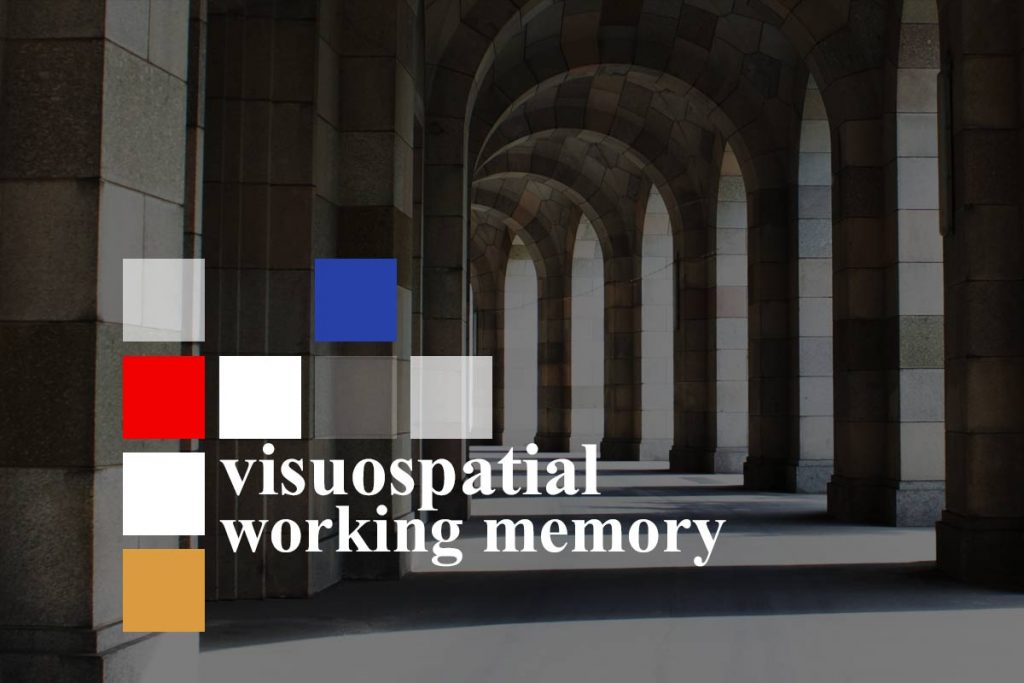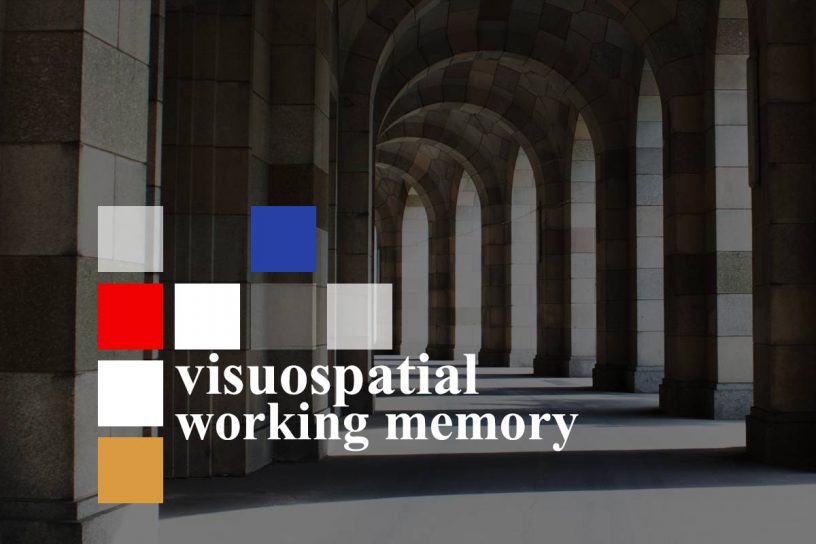
The research suggests that the positive influence of pointing movements on spatial working memory is rather unique and is not due to factors such as perceptual distinctiveness or motor feedback.
Authors
Divya Bhatia, Assistant Professor, Jindal Institute of Behavioural Science, O.P. Jindal Global University, Sonipat, Haryana, India.
Vaishnavi Mohite, University of Hyderabad, Center for Neural and Cognitive Sciences, Hyderabad, India.
Pietro Spataro, Department of Economy, Mercatorum University, Rome, Italy.
Clelia Rossi-Arnaud, Department of Psychology, Sapienza University, Via dei Marsi, Rome, Italy.
Ramesh Kumar Mishra, University of Hyderabad, Center for Neural and Cognitive Sciences, Hyderabad, India.
Summary
Previous studies showed that (a) performing pointing movements towards to-be-remembered locations enhanced their later recognition, and (b) in a joint-action condition, experimenter-performed pointing movements benefited memory to the same extent as self-performed movements.
The present study replicated these findings and additionally recorded participants’ fixations towards studied arrays. Each trial involved the presentation of two consecutive spatial arrays, where each item occupied a different spatial location. The item locations of one array were encoded by mere visual observation (the no-move array), whereas the locations of the other array were encoded by observation plus pointing movements (the move array).
Critically, in Experiment 1, participants took turns with the experimenter in pointing towards the move arrays (joint-action condition), while in Experiment 2 pointing was performed only by the experimenter (passive condition).
The results showed that the locations of move arrays were recognized better than the locations of no-move arrays in Experiment 1, but not in Experiment 2. The pattern of eye-fixations was in line with behavioral findings, indicating that in Experiment 1, fixations to the locations of move arrays were higher in number and longer in duration than fixations to the locations of no-move arrays, irrespective of the agent who performed the movements. In contrast, no differences emerged in Experiment 2.
We propose that, in the joint-action condition, self- and other-performed pointing movements are coded at the same representational level and their functional equivalency is reflected in a similar pattern of eye-fixations.
Published in: Memory & Cognition


